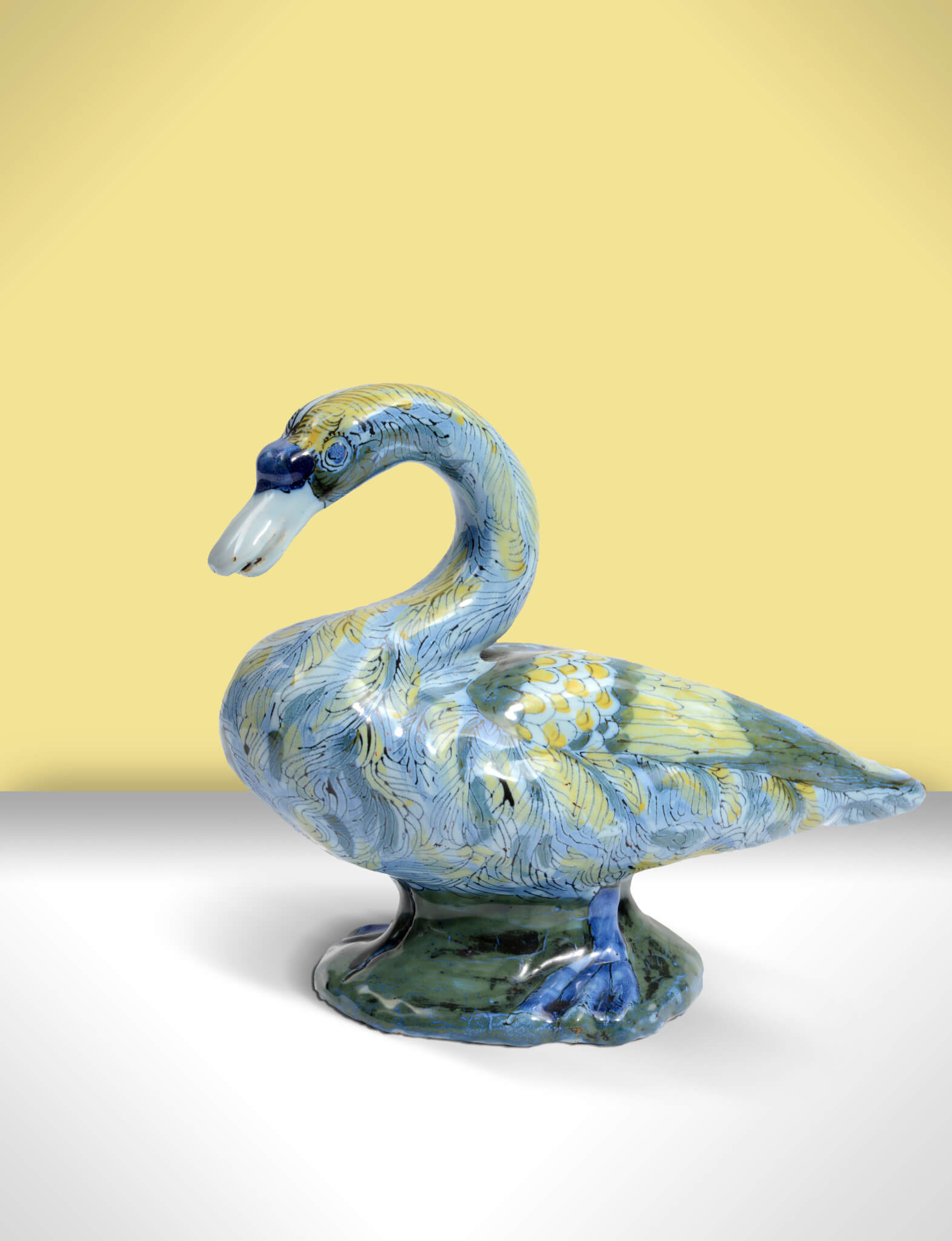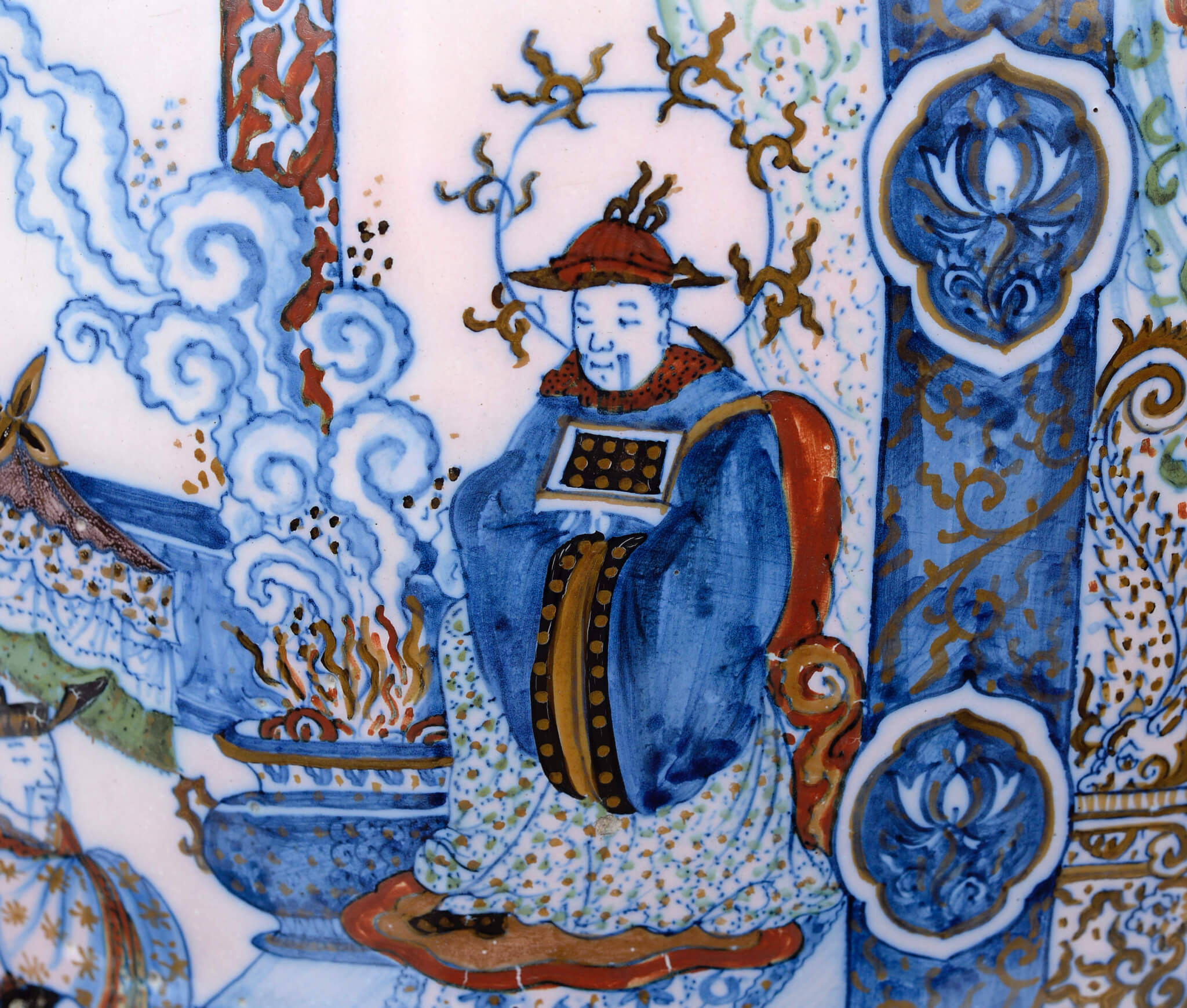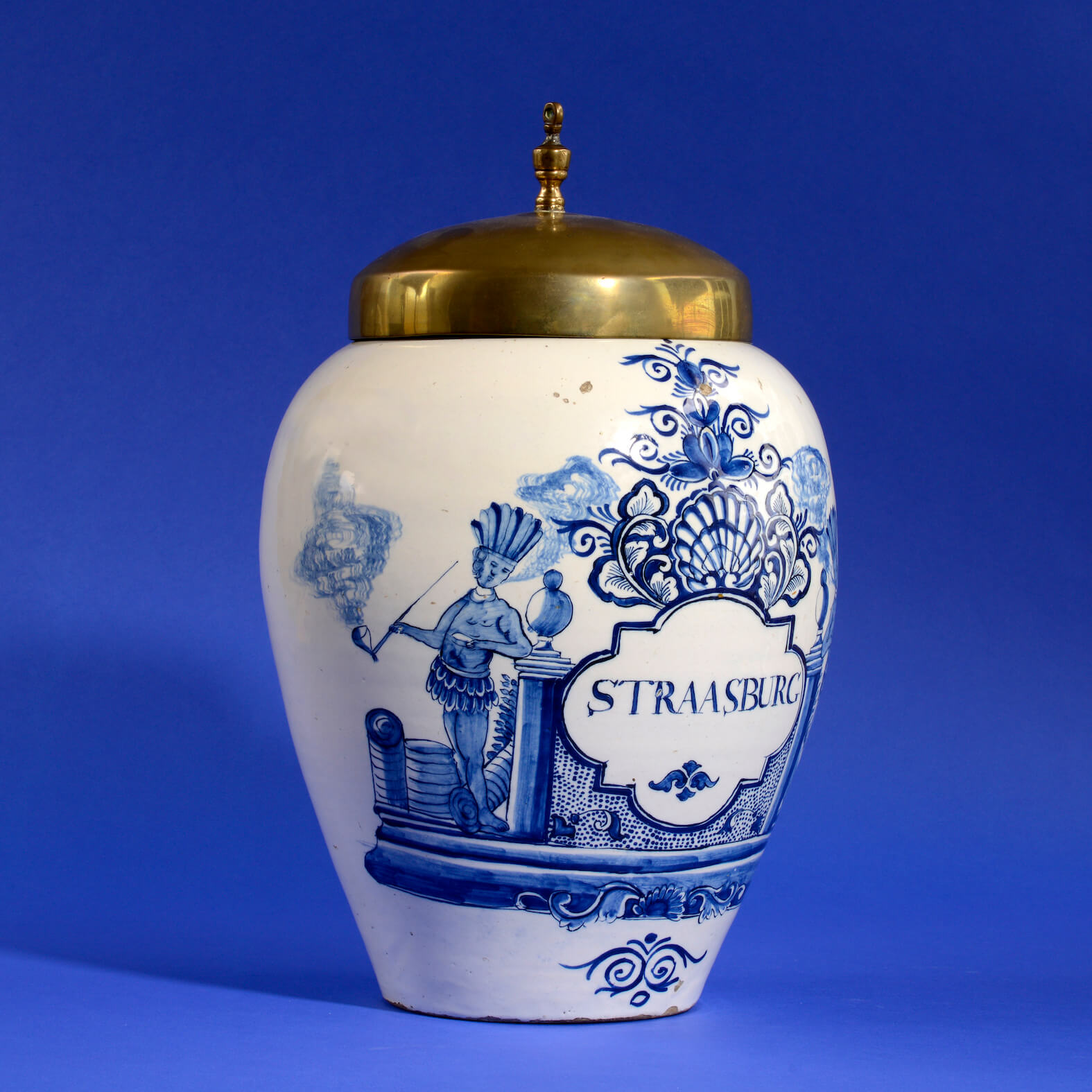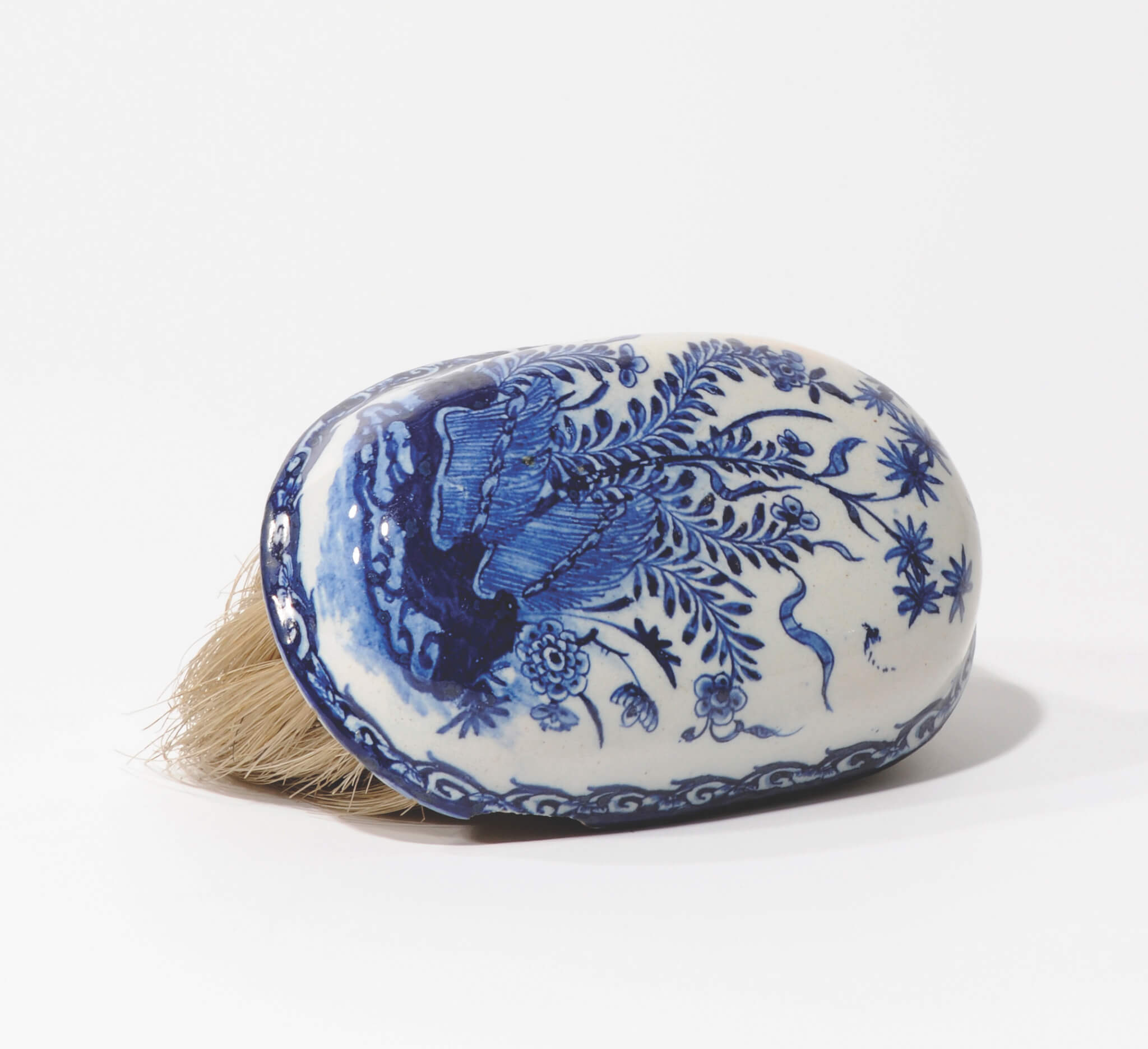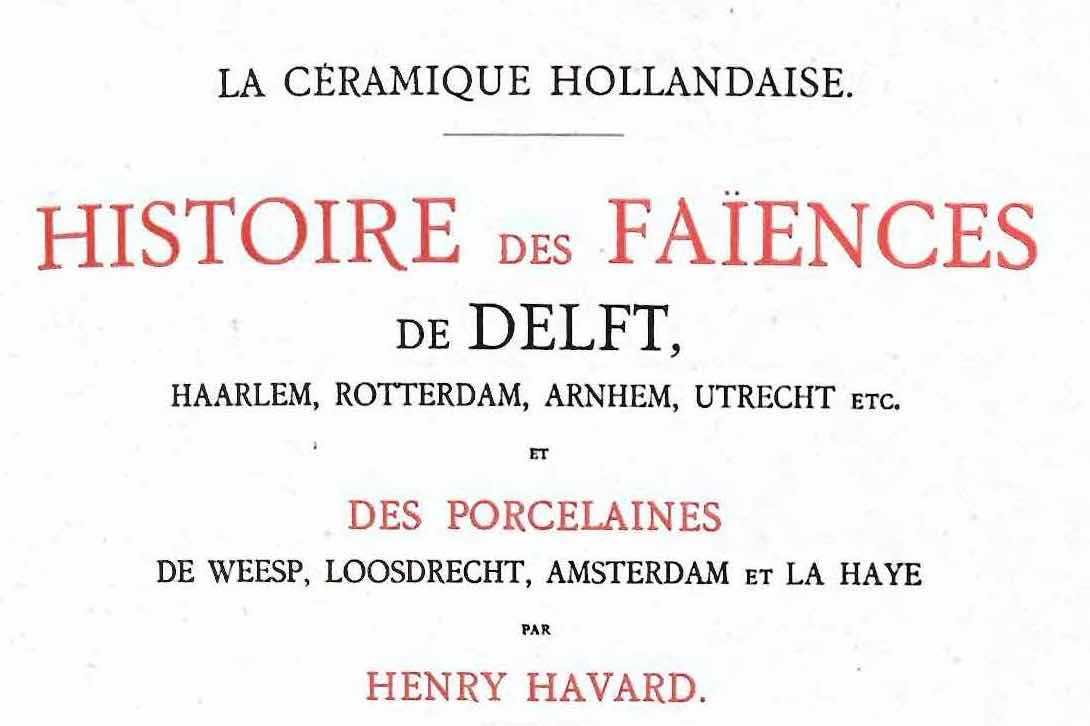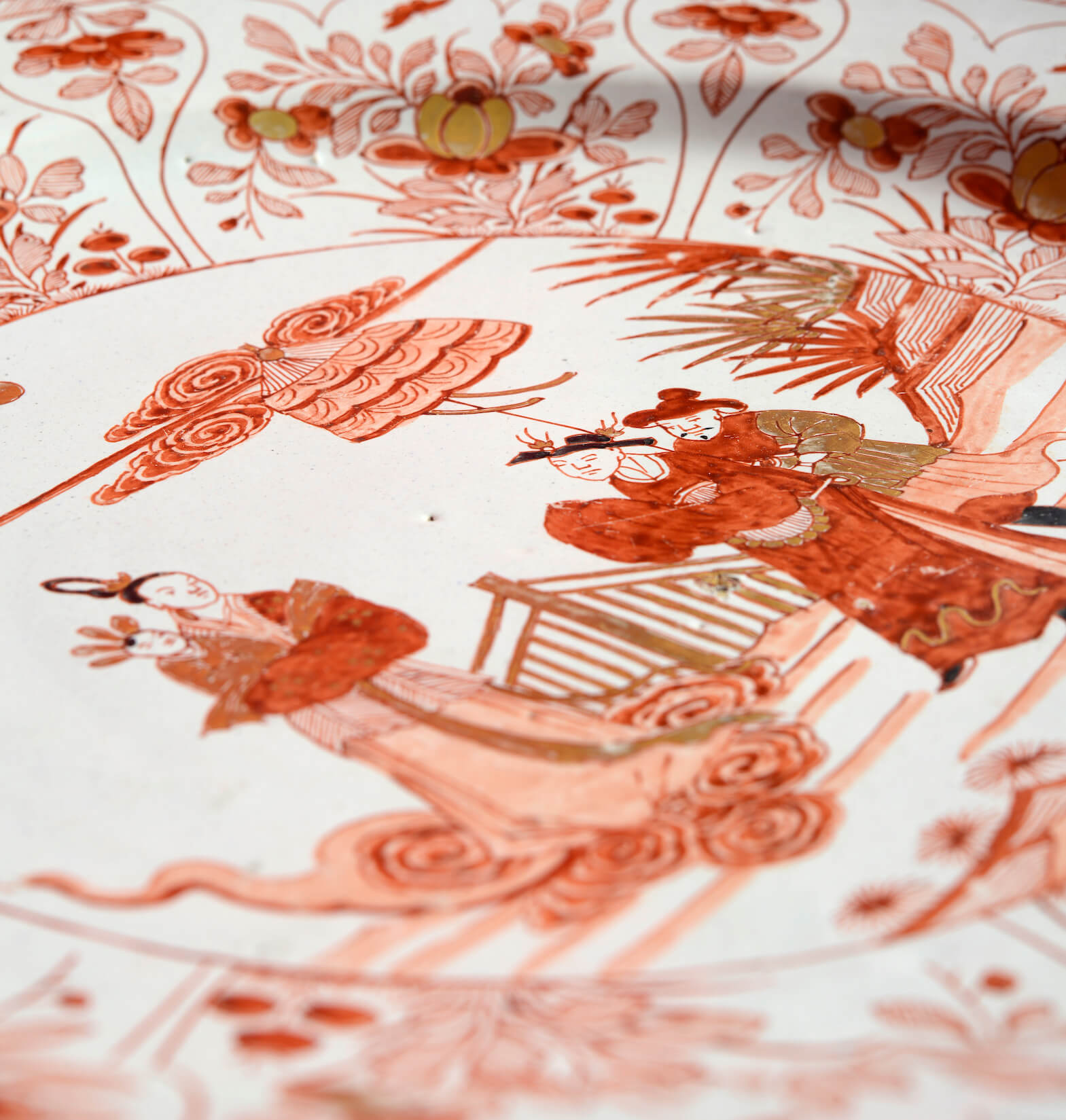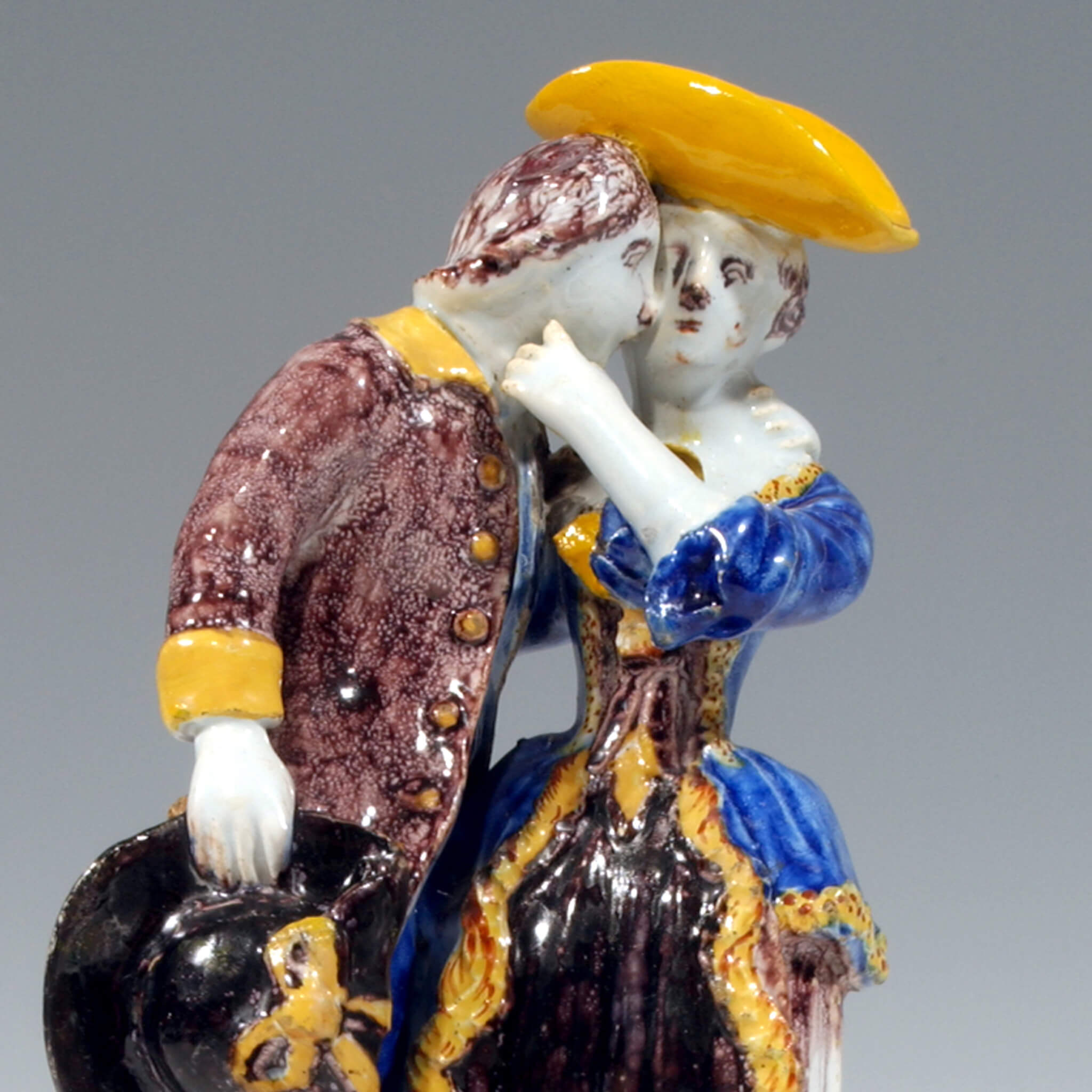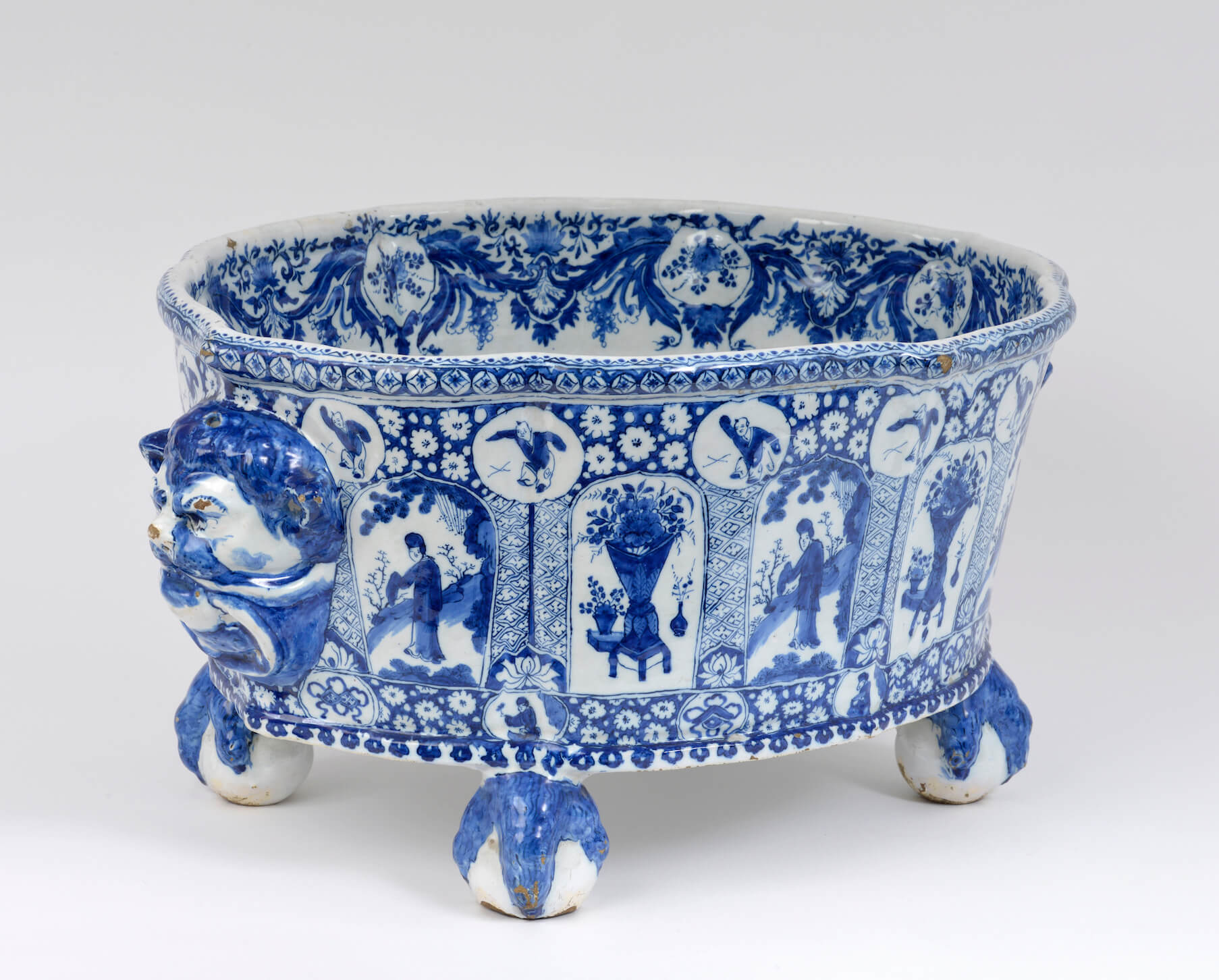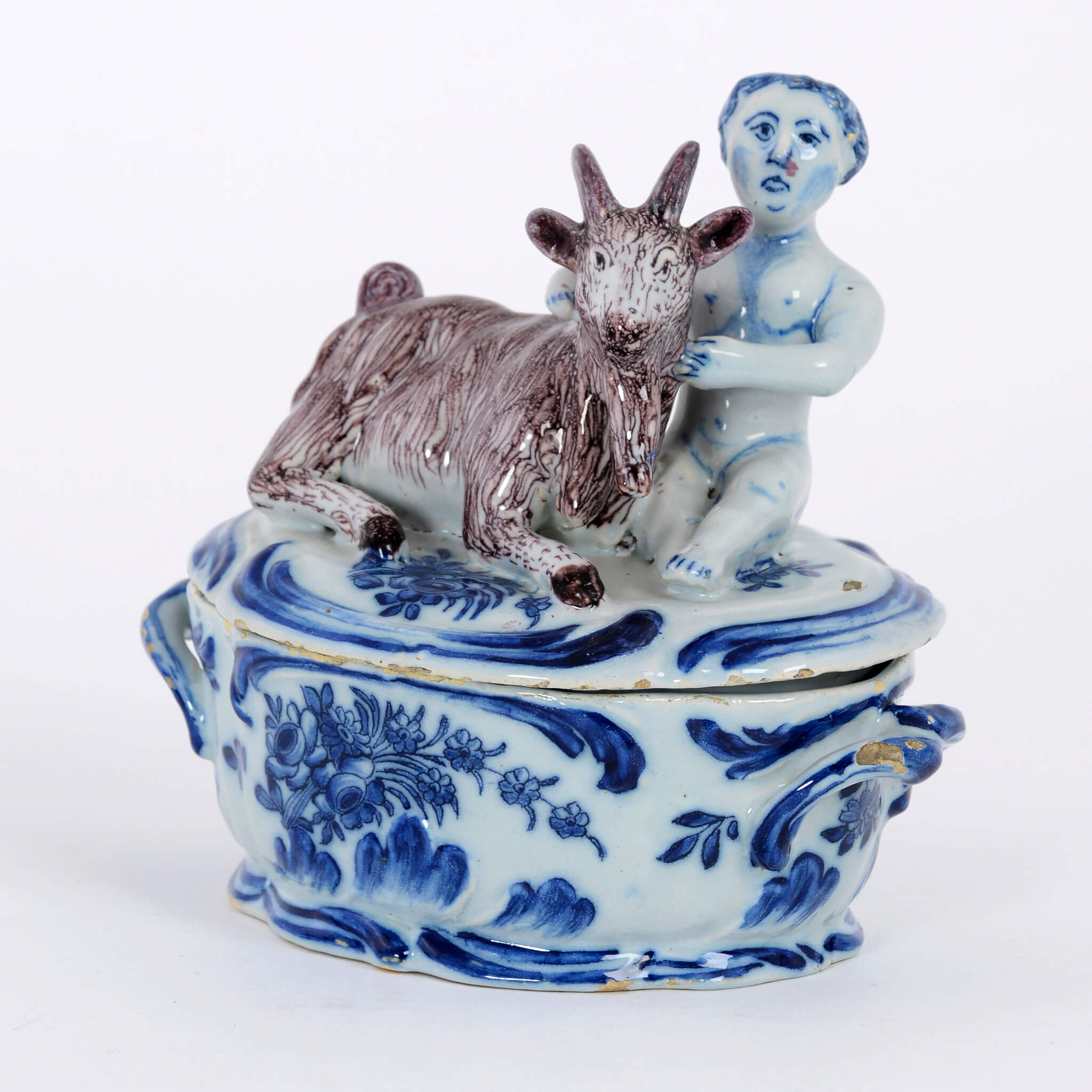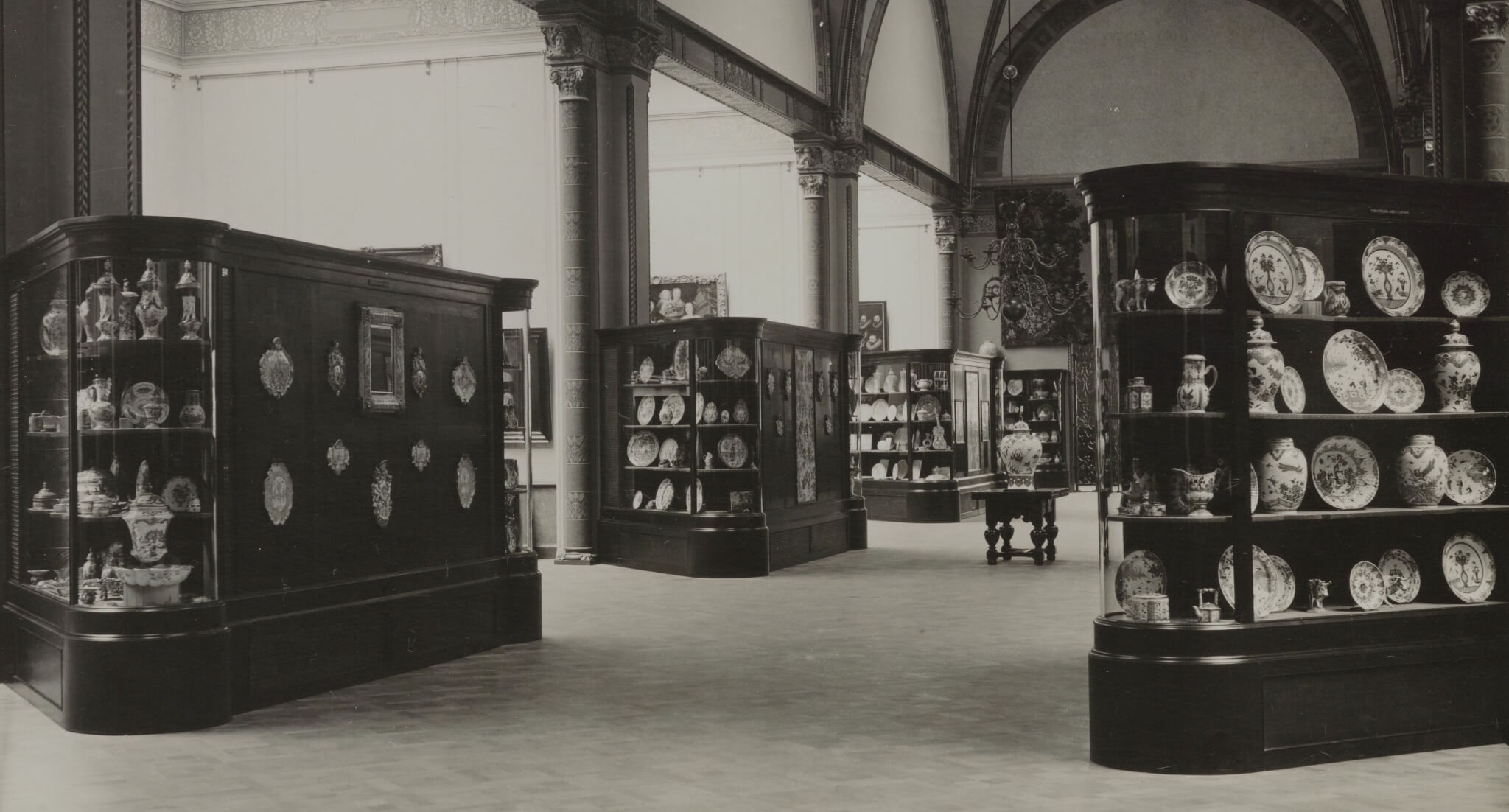Colorful Delft Blue
Since the early 1900’s modern ceramics produced in various Dutch and even German cities were popularly called ‘Delft Blue.’ These objects continued the successful tradition of seventeenth and eighteenth-century products from the city of Delft. While the antiques gained attention from both national and international collectors and researchers, the modern factories grew their assortment and also…

